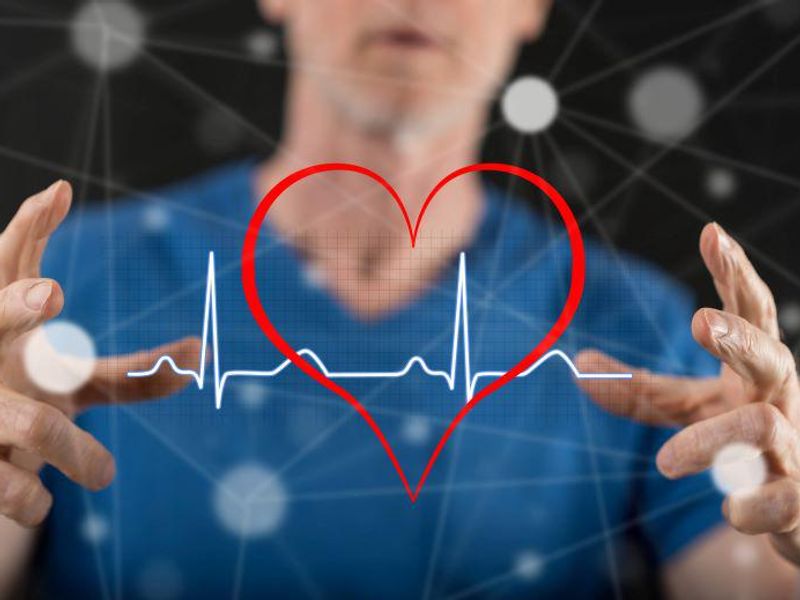Novel deep learning models can quantify left, right ventricular dysfunction using electrocardiogram data
MONDAY, Oct. 25, 2021 (HealthDay News) — Deep learning (DL) models based on electrocardiogram (ECG) data can be used to create screening, diagnostic, and predictive tools for left ventricular (LV) and right ventricular (RV) dysfunction, according to a study published online Oct. 13 in JACC: Cardiovascular Imaging.
Akhil Vaid, M.D., from the Icahn School of Medicine at Mount Sinai in New York City, and colleagues used data from five New York City hospitals (four for internal testing; one for external validation) to create novel DL models to classify LV ejection fraction (LVEF) into categories, estimate LVEF through regression, and predict a composite of RV systolic dysfunction or RV dilation. LVEF echocardiogram estimates were obtained for 147,636 patients paired to 715,890 ECGs. RV size and systolic function information were extracted from 404,502 echocardiogram reports paired to 761,510 ECGs for 148,227 patients.
The researchers found that the area under curve (AUC) at detection of LVEF â¤40 percent, 40 percent < LVEF â¤50 percent, and LVEF <50 percent was 0.94, 0.82, and 0.89, respectively, for LVEF classification in internal testing. The corresponding results were 0.94, 0.73, and 0.87 for external validation. The mean absolute error was 5.84 and 6.14 percent for internal testing and external validation, respectively, for regression. The AUC was 0.84 in both internal testing and external validation for prediction of the composite RV outcome.
“This study represents an exciting step forward in finding information hidden within the ECG data which can lead to better screening and treatment paradigms using a relatively simple and widely available test,” a coauthor said in a statement.
Several authors disclosed financial ties to the biopharmaceutical industry.
Abstract/Full Text (subscription or payment may be required)
Editorial (subscription or payment may be required)
Copyright © 2021 HealthDay. All rights reserved.








